The latest Kantar data identifies Morrisons as the fastest growing of the big four supermarkets. There are lies, damned lies and statistics, but most commentators would agree Morrisons has significantly improved its offer in recent times, and that it is this driving its improved performance. So how has it improved and what can we learn?
First, it delivers on the categories that count. Morrisons in its prime was all about Market Street and it is living up to that history. The produce department is excellent. It starts with a great display of house plants, then leads into vibrant fruit & veg, with an abundance of well looked-after product, judicious use of loose, and excellent ‘hero displays’ for avocado, herbs and nuts. Meat and fish is OK in the aisles, but a different prospect at the counters - surely the best in the market. Counters are hard to make work unless you have the volume of trade to enable theatrical display. Morrisons shows how it is done. And it cleverly uses satellite units right next to the counters, offering ready-cut and packed. The customer doesn’t have to wait at the counter but feels they are getting the freshness.

Second, the stores are designed for shoppers. It sounds simple. But it works. The store is easy to shop. There is typically good product availability. Navigational signage and pricing is very clear, with even larger fonts than Sainsbury’s. Gondolas stick to a single price point or offer. The sum of all this is that less cognitive effort is required from the shopper, making them more likely to have energy left to think about an extra purchase. Morrisons capitalises with good suggestive selling and with standout features designed for the target shopper. The excellent Party Shop in its Woking flagship is a good example.
Finally, it thinks about the future but it thinks most about the present. Our industry undoubtedly faces a lot of change. Morrisons has responded with the Amazon tie-up (including Amazon lockers in store), and by partnering with petrol forecourt retailers. So it has an eye on the future. But you get the sense that most of its time and effort is spent thinking about the now. And that means getting back to running supermarkets brilliantly. For example, in-store help. Sure, employ a genius to think about how customers can be helped if the store beams messages to their mobile phones. But don’t let that stop you having a member of staff with a ‘need any help just ask me’ placard walking around. Morrisons is happy to do that.
There’s a lesson there. Don’t get ahead of yourself. Don’t get too paralysed by the uncertain future. If you perform well now, you’ll be in a better position to manage in the future.
Jeremy Garlick is a partner of Insight Traction



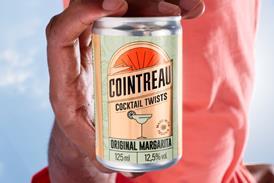




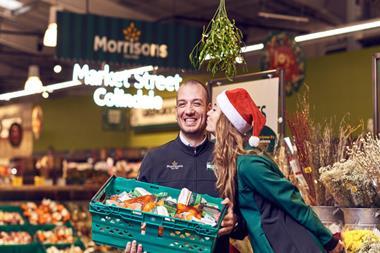

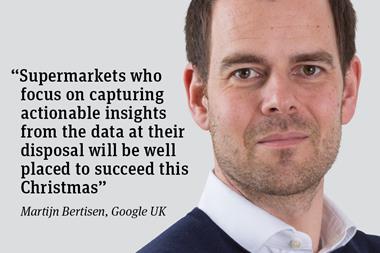



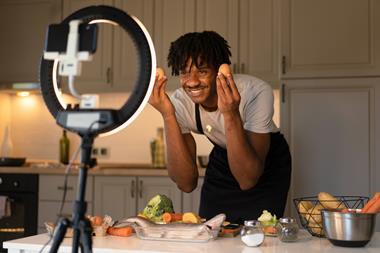
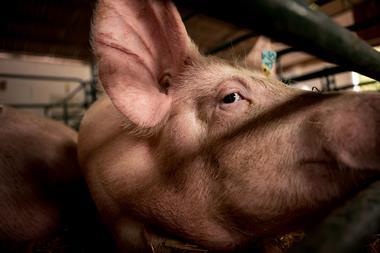


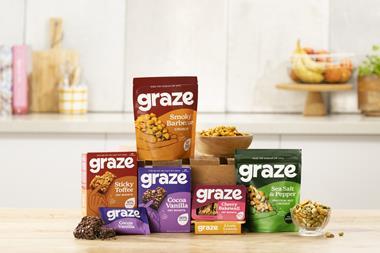
No comments yet